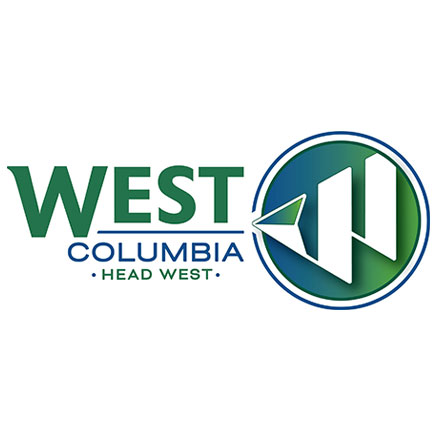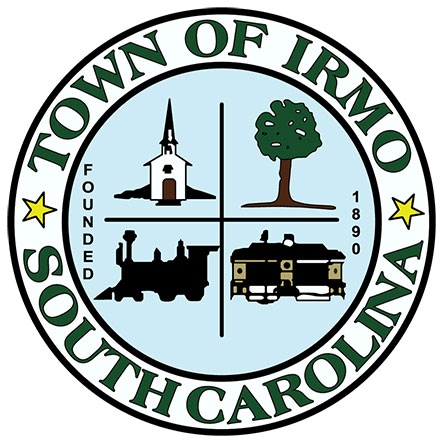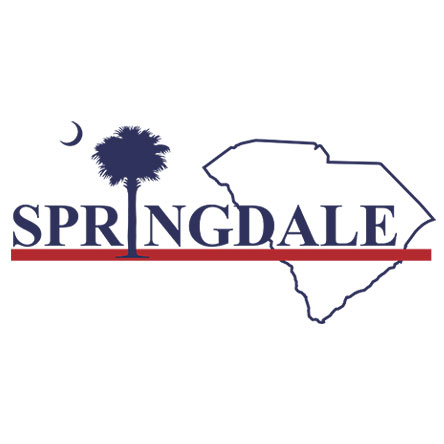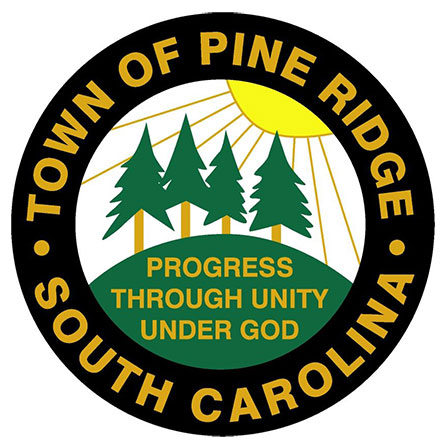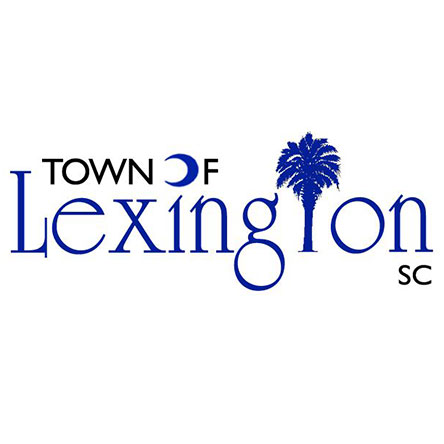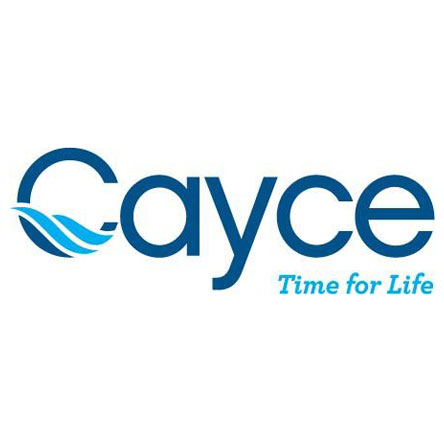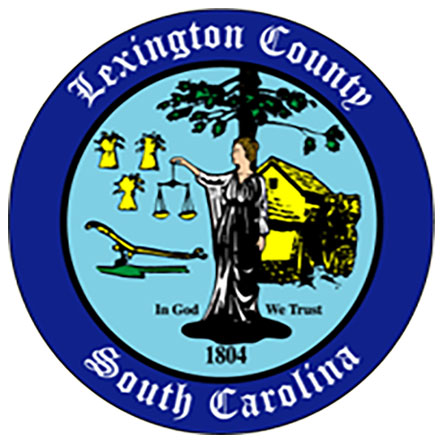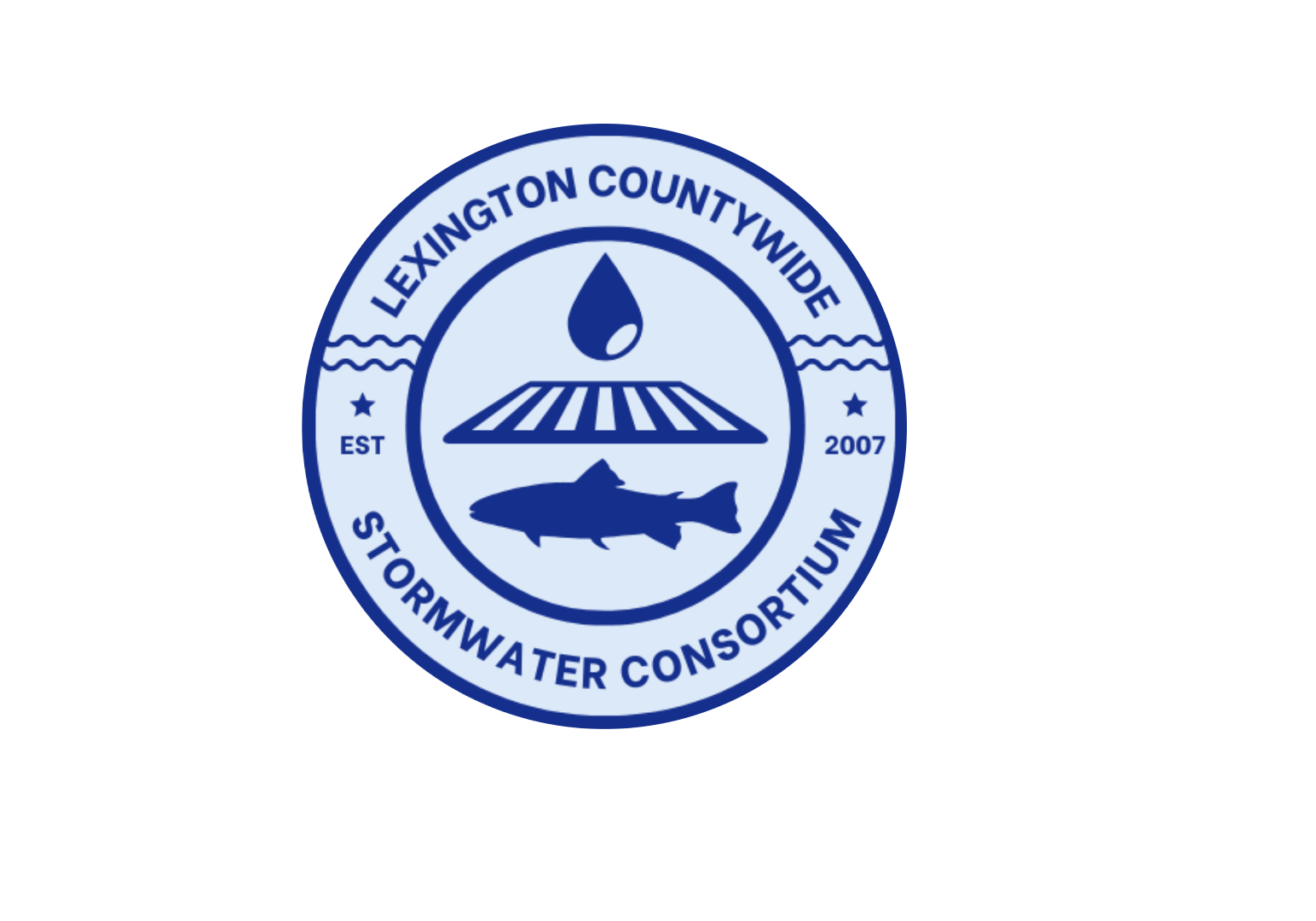
Stormwater 101
Stormwater Pollution: It's everyone's responsibility!
What is stormwater?
Stormwater is the water from rain (or snow) events that flows over rooftops, driveways, and parking lots into storm drains. These drains then empty into a nearby waterway such as a stream, river, or lake. Some examples of these waterways in Lexington County include:
- Cedar & Twelvemile Creeks
- Saluda & Congaree Rivers
- Lake Murray
What is runoff pollution?
As stormwater flows over hard surfaces such as driveways, rooftops, sidewalks, parking lots, and roads, it picks up trash, chemicals, dirt, and bacteria from anything left on the ground and dumps it into a storm drain. The water that flows through a storm drain doesn’t get treated. So any anything that gets dumped into the storm drain is subsequently dumped into a nearby waterway.
Where does stormwater pollution come from?
This type of pollution cannot be connected to a single source. It is referred to as "non-point source pollution" because it is generated from various activities that many people do every day. For example, over-fertilizing your yard, spilling household hazardous wastes on sidewalks or driveways, leaking oil from a car, and leaving pet waste on the road all contribute to this form of pollution.
Is stormwater pollution a problem in Lexington County?
Yes! Polluted runoff is currently our nation’s greatest threat to clean water, and Lexington County is no exception. According to the Environmental Protection Agency, stormwater pollution is the leading cause of water pollution in the United States. In Lexington County, 40% of our watersheds are polluted due to stormwater runoff, including Twelve Mile, Kinley, and Congaree Creeks.
How can I prevent runoff pollution?
We all contribute to runoff pollution. Because of this, everyone can play a role in reducing stormwater pollution by making small and simple changes. Some examples include:
- Washing vehicles on a grassy surface away from pavement or at a commercial car wash where soap, dirt, grease, and other pollutants go to the sewer system and are treated instead of washing the car in a driveway where the dirty water goes directly into a storm drain
- Fixing fluid leaks in vehicles
- Limiting pesticide use in gardens
- Sweeping fertilizer or grass clippings off the pavement and into the trash to keep them from washing into the storm drain
- Picking up after your pet while on walks. Make sure to bag it, tie it, and throw it away in a trash bin.
These habits can rub off on neighbors and help to establish a “new normal." Always remember the saying: Nothing but rain should enter a storm drain!
Where can I learn more?
Check out these websites to learn more about stormwater/non-point source pollution!
You can be the solution to stormwater pollution!
LCSWC Members
Educational Partners
Fuss and O’Neal
SC Department of Natural Resources
SC DHEC Bureau of Water
Lexington Soil and Water Conservation District
SC Green Steps Schools
Lexington Wildlife Chapter
Central Midlands Council of Governments
Congaree Riverkeepers
Keep the Midlands Beautiful
Palmetto Pride
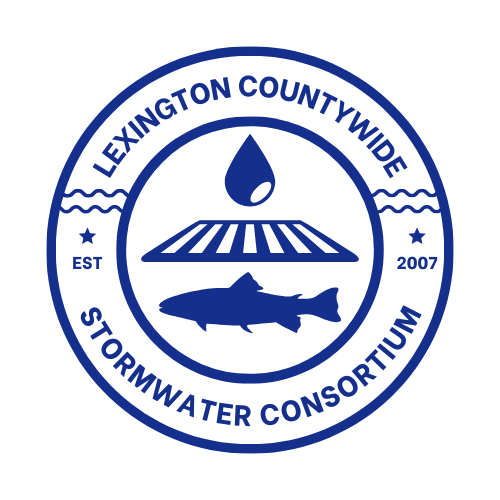
All Content Copyright © 2024 Lexington Countywide Stormwater Consortium. All rights reserved.
